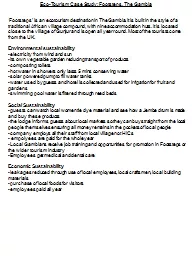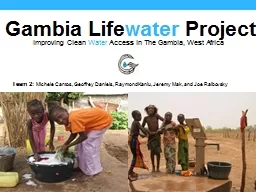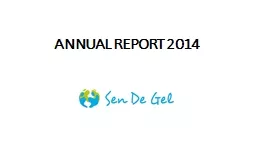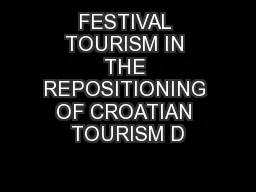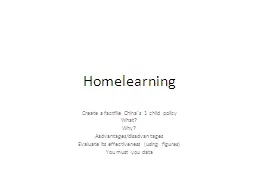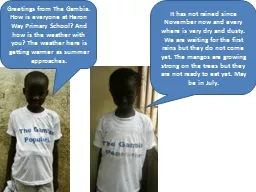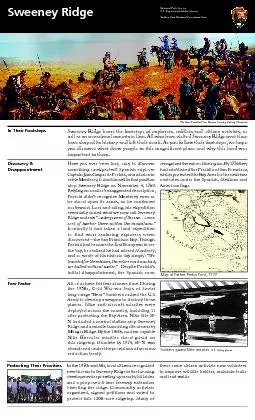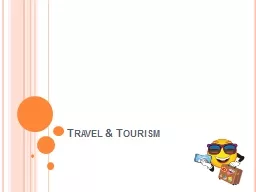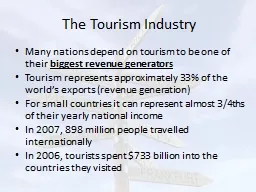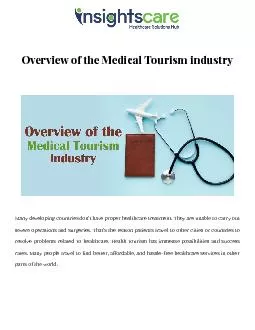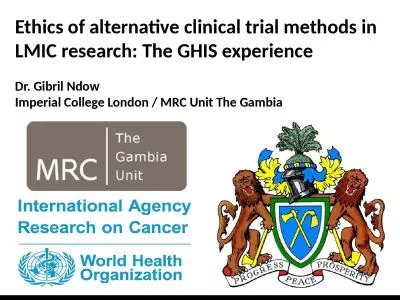PPT-Eco-Tourism Case Study: Footsteps, The Gambia
Author : marina-yarberry | Published Date : 2017-10-08
Footsteps is an ecotourism destination in The Gambia It is built in the style of a traditional African village compound with nine accommodation huts It is located
Presentation Embed Code
Download Presentation
Download Presentation The PPT/PDF document "Eco-Tourism Case Study: Footsteps, The G..." is the property of its rightful owner. Permission is granted to download and print the materials on this website for personal, non-commercial use only, and to display it on your personal computer provided you do not modify the materials and that you retain all copyright notices contained in the materials. By downloading content from our website, you accept the terms of this agreement.
Eco-Tourism Case Study: Footsteps, The Gambia: Transcript
Download Rules Of Document
"Eco-Tourism Case Study: Footsteps, The Gambia"The content belongs to its owner. You may download and print it for personal use, without modification, and keep all copyright notices. By downloading, you agree to these terms.
Related Documents

